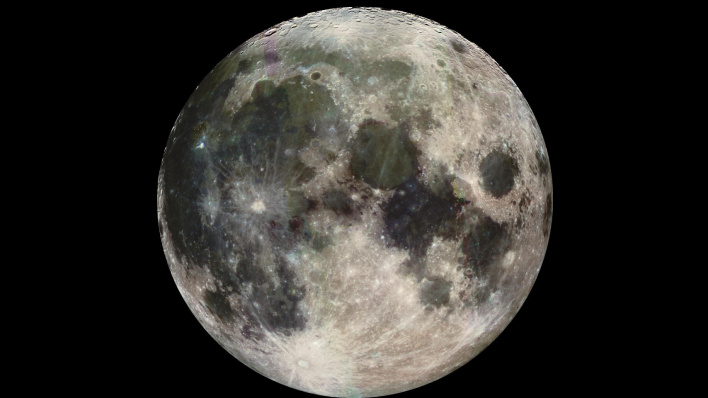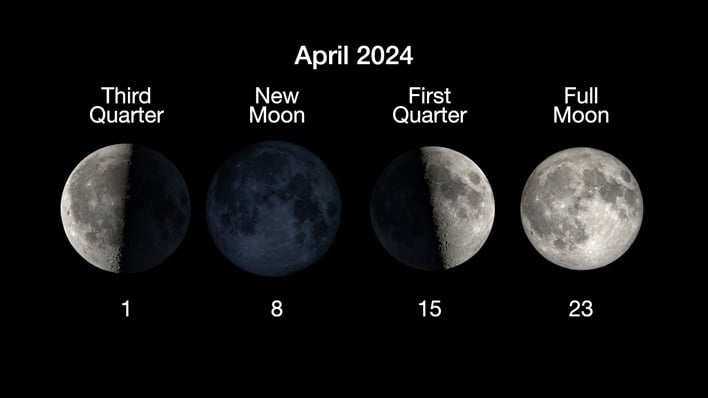When A Spectacular Full Pink Moon Will Grace The Skies This Week

According to NASA, the Maine Farmer’s Almanac began publishing “Indian” names for full moons in the 1930s. These names are now widely known, with April’s full Moon being named by tribes in the northeastern United States referring to it as the Pink Moon. This name was derived after the herb moss pink, also known as creeping phlox, moss phlox, or mountain phlox. Other names attributed to the April full Moon are the Egg Moon and Fish Moon.
For those who celebrate the Hebrew Passover, this full Moon is in the middle of Nisan, with Pesach or Passover beginning on the 15th day of Nisan. Pesach or Passover begins at sundown on Monday, April 22, and ends at nightfall on April 30, 2024. It also has religious meaning for Buddhists, as it commemorates when Buddha visited Sri Lanka, avoiding a war by settling debates between chiefs.

The rising Moon on the evening of April 23, 2024, will be 10 degrees above the east-southeastern horizon. Jupiter will also make an appearance in the night sky 4 degrees above the west-northwestern horizon. NASA reports that the bright object appearing closest to overhead will be Regulus on the southern horizon. Regulus is the 21st brightest star in the night sky, and the brightest in the Leo constellation.
For the early risers this week, the planet Mars will be 5 degrees above the eastern horizon and the planet Saturn will be 7 degrees above the east-southeastern horizon. Mercury will rise 22 minutes after sunbreak, and will be faint, making it difficult to view in the morning glow of the Sun.
The Pink Moon will be at its fullest on April 23, 2024, as it appears opposite of the Sun at 7:49PM EDT. The Moon will appear full for around 3 days, from Monday morning until Thursday morning.

